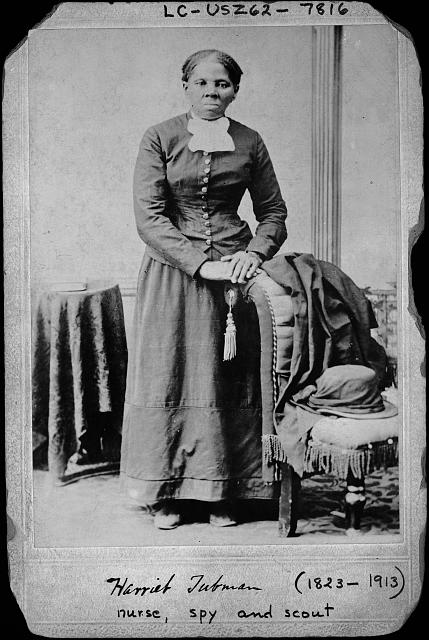Primary sources from freedom seekers and conductors
The best way to understand the Underground Railroad and the experiences of freedom seekers and conductors is through primary sources. New York conductor Sydney Howard Gay kept secret notes on over 200 freedom seekers. Philadelphia conductor William Still wrote the first book on the Underground Railroad, published in 1872, about his experiences helping freedom seekers. Slave narratives can provide some great information as well—over 6,000 have been written.
Secondary sources from abolitionists, abolitionist organizations and abolitionist newspapers
You can find information on freedom seekers, conductors and safe houses by examining personal letters, diaries, organizational documents and newspaper articles from these three sources:
Books
Numerous books have been written about the Underground Railroad, freedom seekers and conductors. Visit a library or bookstore and see what they have. A quick search online might be helpful for your research. Just make sure that any books you reference were written by a reputable source like John Hope Franklin, Henry Louis Gates, Jr., Eric Foner and David Blight.
Local and state historical societies
A great way to find out if there was Underground Railroad activity in your area is to contact your local or state historical society. These individuals specialize in all aspects of your local or state history, and are a great resource.
National and state park services
Some Underground Railroad or abolitionist landmarks may fall under the jurisdiction of the National Park Service or a state park service. For example, Frederick Douglass’ house at Cedar Hill is a national historic site, and is managed by rangers of the National Park Service. You can find out more at nps.gov.
Colleges and universities
If you’re not sure where to start on your research, local history professors may be able to point you in the right direction. Some of them may also be experts on Underground Railroad history, or specific conductors and freedom seekers. Some colleges and universities create online databases that focus on specific historical topics. Here are a few examples:
Public libraries
Libraries, and more specifically librarians, are a great resource for historical research. Librarians are experts at finding the right primary and secondary resources for your project. Books, journals, newspapers and databases are just a few of the resources that are often available at libraries.
Library of Congress and National Archives
Two reliable and respectable databases to search are the Library of Congress and National Archives. Unlike Google and other public search engines, documents on these websites go through a verification and authentication process. The Library of Congress will pull up over 40,000 “results” when you search “Underground Railroad.”
Museums and historic sites
Experiential learning is a great way to educate yourself and your family about the Underground Railroad. Plan a visit to the sites in your area.
Documentaries
If you’re looking for a general introduction to the Underground Railroad, I recommend watching a reputable documentary. Underground Railroad: The William Still Story will give you an educational and inspirational look at the Underground Railroad and William Still, a true American hero.




